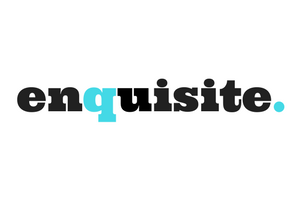When it comes to creating a software tool, design is a very important aspect of the user experience. We are in a golden age of design. Good design has never been more important to the success of a business. Consumers are aware of good design thanks to companies like Apple, Ikea and Microsoft. These companies make design a top priority. The most successful companies focus on design to improve the odds of success. Good design creates meaningful first impressions. It helps you differentiate yourself from your competitors. It proves that a company can solve problems in an elegant way. This helps with building trust with customers. So, when you are building software tools, design is a key factor. Here’s something to be wary of; badly designed tools are often not read, trusted or visited for any length of time. Good design is key in making sure your business attracts and retains customers. In this article we explore why you should invest in design when you are building these kinds of products.
You can only make one first impression
Think about what kind of first impression you want your customers to have. If you want to appear reliable and trustworthy, make sure your design is clean and to the point. Want to seem fun and exciting? Look into bold color choices and use imagery that has energy. Informative and useful? Put content up front and make it easy for people to navigate and find. Effective design can go a long way in making sure your customers’ first impression is a good one. And not only that. When you are creating retrospectives tools, you want the design to appeal to customers for a long time. That way their experience with the tool gets better and more valuable. Something good design also can do. A good example for this is the online retrospectives tool from retro.work.
Design can make a connection to your users
Great designs use elements to emotionally connect to their users. Color, layout and a smart font choice are the best ways to achieve this. Important when you are creating a retrospectives tool that can measure emotion. A design should be impactful, memorable and build an emotional connection with users. This is the best way to show the world who you are and what your brand stands for. Your designs should reflect the principles of your company. It should strive to reach your customers’ hearts, not their wallets. Create valuable, sustainable customer relationships. The best way is to build your brand’s visual identity on the foundation of emotional connection. There’s no better way to consumer loyalty than by connecting you through your shared values. Great design is the most effective way to illustrate those values.











